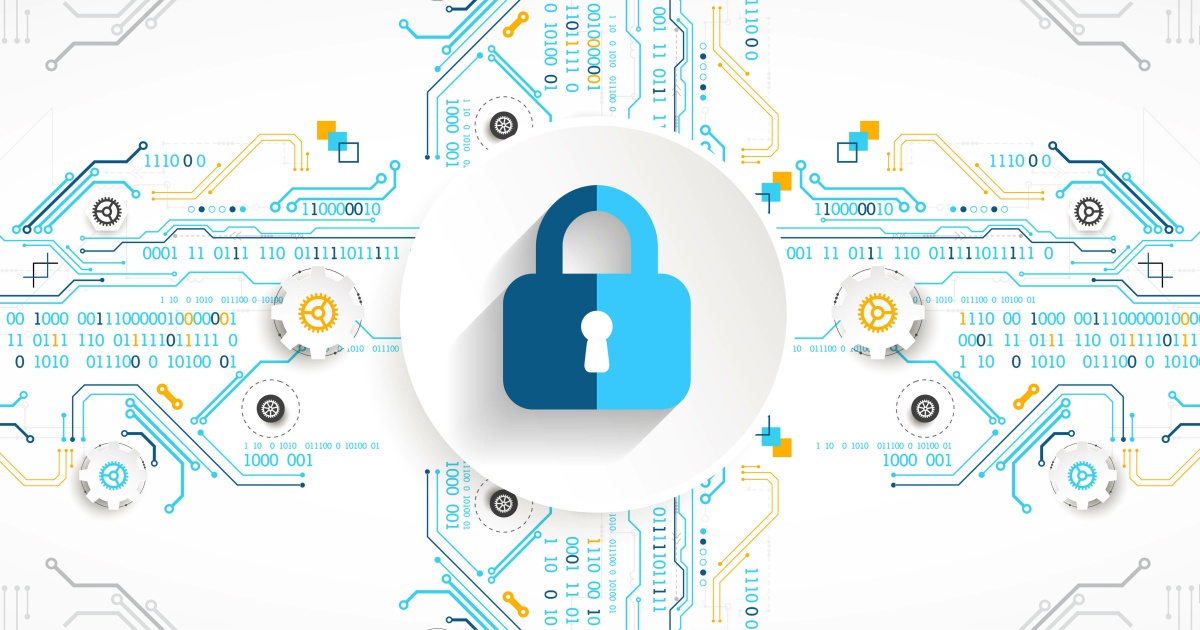
As stated by Gartner, digitalization refers to using digital technologies to change a business model and provide new revenue and value-producing opportunities. One of the most significant changes in business models thanks to digitalization is the rise of remote work, which has created new priorities for enterprises. Most notably, it has put a new emphasis on keeping a spread-out workforce not only connected but collaborating productively as well.
Collaboration has always been essential to succeeding and staying competitive. For employees, productivity shoots up nearly 70 percent with effective workplace communication and, on average, employees are 17 percent more satisfied with their jobs when they engage in collaboration at work. As for the businesses, promoting collaboration and communication at work has been linked to reducing employee turnover rates by 50 percent.
However, enterprises have had to find ways to quickly address risks to the enterprise network and data posed by home-based workers. Remote connectivity and collaboration tools, including VPNs and videoconferencing platforms, suddenly became big targets for attackers, as did the cloud-based services and file-sharing platforms used by work-from-home employees. In many cases, unfortunately, organizations' security teams looking after cyber defenses were severely understaffed and unable to find the resources required to fulfill their mission.
UCaaS is a cloud delivery model that offers a variety of communication and collaboration applications and services. Its features can include enterprise messaging, presence technology, online meetings, team collaboration, telephony, and video conferencing, and it is known for providing flexibility and scalability for core business tasks.
While the technology is still relatively young, it is already booming amongst a variety of industries. The UCaaS market size was $47.6 billion in 2021 and is expected to grow at a CAGR of 23.6 percent over the next seven years. These projections put the UCaaS global market size at $210.1 billion by the end of 2028. These numbers reflect the numerous benefits UCaaS has to offer a company when it comes to digitizing and enhancing daily processes.
"UCaaS solutions enable the complete integration of communications services that work across devices and are served from the cloud," said Jay Patel, Chief Product Officer, Kandy. "These services include business voice and telephony; conferencing solutions for web, audio, and video; email and unified messaging systems; instant team messaging; and dedicated desktop and web clients. They help service providers and the SME and large enterprises they serve to set up and manage virtual office solutions that streamline and reduce the cost of communications. While there are many benefits to unifying all aspects, there are security attacks that can bring down their internal and external collaboration lifelines."
We spoke with Patel as part of a series of articles Future of Work is publishing as part of the annual Cybersecurity Awareness Month, an initiative started by the U.S. Federal Government agencies in 2004.
"We saw attacks on UCaaS and collaboration platforms during the pandemic when adoption exploded," Patel said. "Who doesn't remember Zoom bombing, for example, where uninvited and often nefarious people joined conferences? Criminals saw unlocked doors to virtual rooms across the board and acted on opportunities to exfiltrate data, steal trade secrets, and hold organizations hostage in a matter of days. While Zoom responded by adding more levels of security to their cloud-hosted application, and others, including Microsoft Teams and WebEx, followed suit, this was a real wake-up call for service providers. "
Patel explained that, when UCaaS and Communications Platforms as a Service (CPaaS) are properly designed and use proven technology, including Session Border Controllers, they can be more secure than siloed voice, video, messaging, and document-sharing applications.
"When service providers and in-house IT team have only one streamlined platform to secure, life is easier – but the stakes are higher, so we have been seeing huge demand for Kandy's offerings over the last several years,” he explained. “We've also been delivering enhancements to the most popular collaboration application, Microsoft Teams, with our Direct Routing as a Service solution which has security embedded throughout – at the edge, in the transport, and in the data center to harden cyber defenses."
UCaaS solutions also have a lot to offer enterprises, regardless of size or vertical. For example, a simple yet crucial security aspect of UCaaS solutions is the ability to lock conferences when participating in a video call. With enhanced moderator controls, UCaaS can allow the host of the session to make their meetings secure and password protected, minimizing the potential for disruptions or unwanted guests.
"Service providers we work with around the world can combine a dynamic UC solution with a stable and secure data connection and/or SD-WAN overlay," Patel noted. "Encrypted calls, messages, videos, and more can be transmitted over a QoS-enabled and SLA-backed design, boosting performance so that crucial voice calls aren't competing against general Internet traffic for bandwidth. This also allows maximum control of vital network and UC functions via the modification of security and firewall policies."
Finally, social engineering tactics are more prevalent now than ever before, especially targeting telephony-based systems making use of the internet (more specifically, this is known as Voice Phishing or Vphishing or Vhishing). By making use of cloud telco capabilities, businesses can monitor potentially fraudulent activity by providing alerts and warnings in real time.
"Given the increasing mobility of the current workforce, the need for technology that keeps co-workers collaborating productively, as well as securely despite the continual waves of more sophisticated, harder to detect, and more persistent threats on real-time communications networks and applications," Patel concluded. "Cloud-based solutions offer the perfect combination of connectivity, reliability, and safety for remote workers, but only if adequate security is in place and constantly updated. This allows organizations the freedom to let their employees work from where they want while resting easy knowing their data and their client's data is out of harm's way."
Edited by
Erik Linask